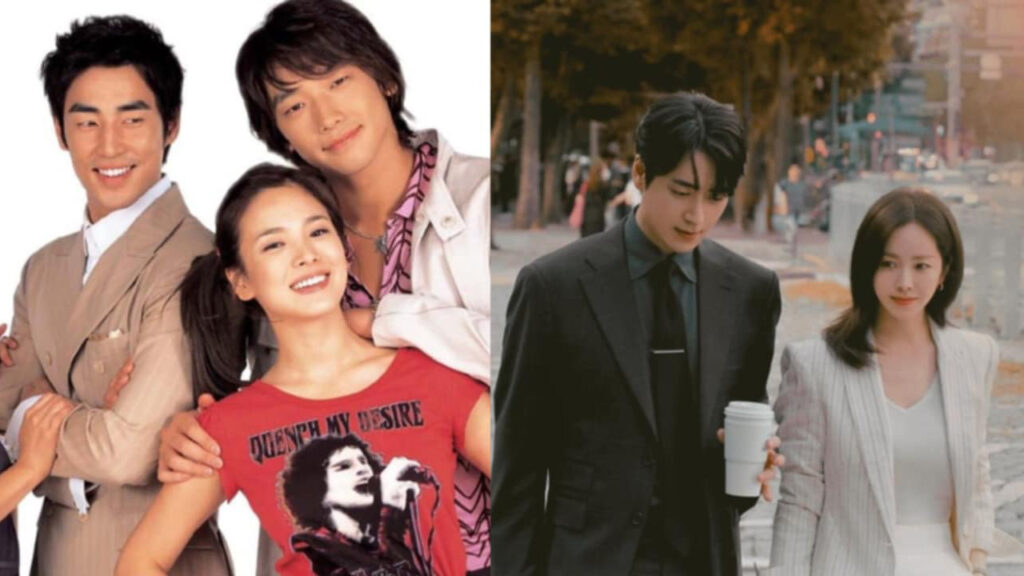
KDrama Classic vs. Modern Comparison: Which Era Offers the Better Viewing Experience for Today’s Fans?
In the ever-evolving world of Korean entertainment, fans are increasingly interested in a genuine KDrama classic vs. modern comparison to determine which era truly delivers the most satisfying experience. As we head deeper into 2025, exciting new titles like Jeong Nyeon, Study Group, Love Scout, and When Life Gives You Tangerines are capturing viewers’ attention—leading many to wonder: Have today’s dramas surpassed the emotional charm of early classics like Winter Sonata, Full House, and Stairway to Heaven?
While classic K-Dramas are praised for their heartfelt simplicity and nostalgic OSTs, modern series—especially in 2025—offer cinematic visuals, daring storylines, and characters that mirror real-world complexities. This growing contrast has sparked passionate debates among fans: which era truly delivers the better viewing experience?
In this article, we’ll dive deep into a comprehensive KDrama classic vs. modern comparison, exploring differences in storytelling, acting, production quality, music, and cultural impact—so you can discover which generation of K-Dramas speaks to your heart in 2025.
Table of Contents
ToggleDefining the Eras: What Makes a KDrama “Classic” vs. “Modern”?
When diving into the KDrama classic vs. modern comparison, it’s important to first understand what defines each era. While the lines can blur, K-Dramas are generally categorized into classic and modern based on production era, storytelling style, and cultural context.
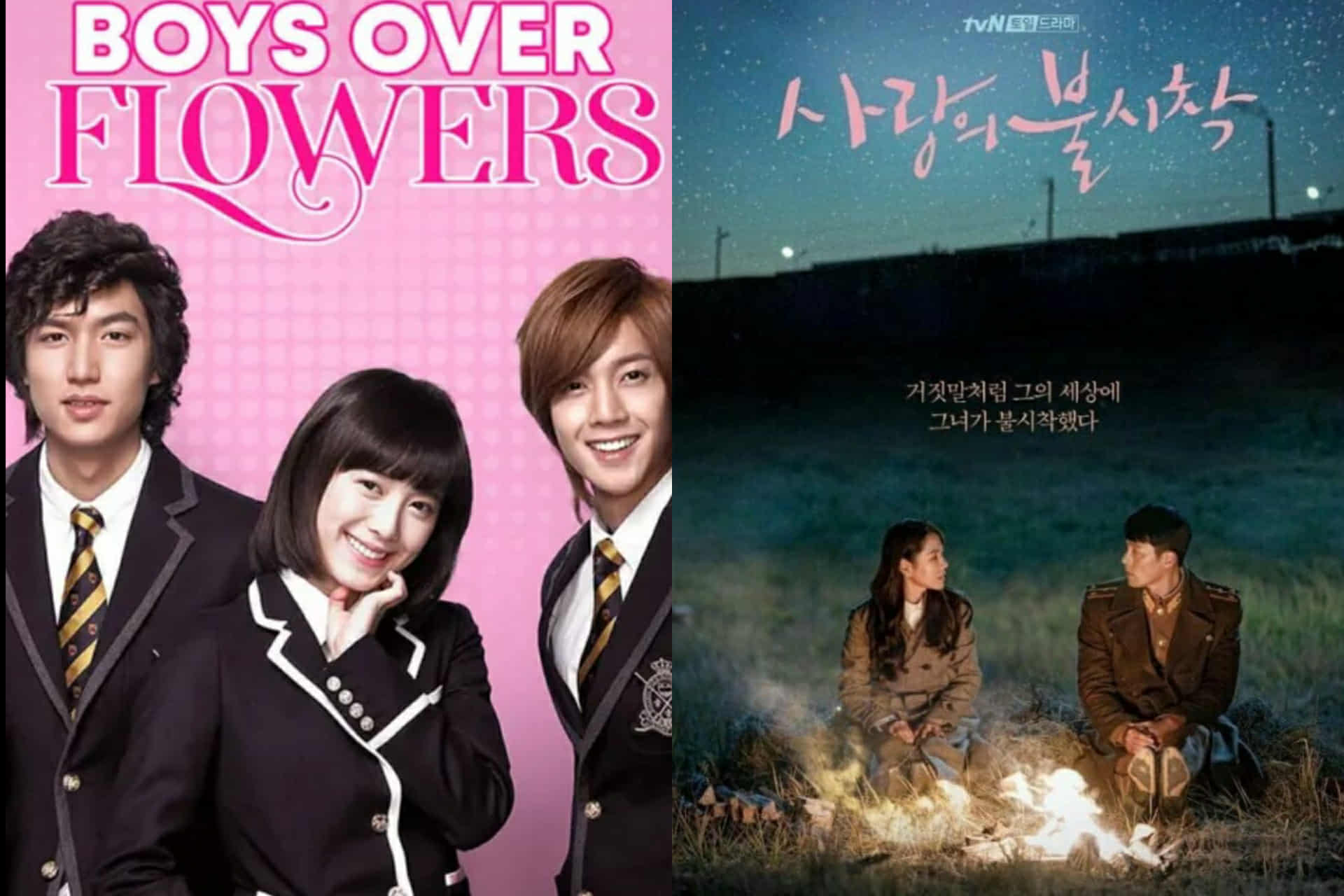 Classic K-Dramas (Early 2000s to early 2010s)
Classic K-Dramas (Early 2000s to early 2010s)
- Timeframe: Roughly from 2000 to 2012
- Examples: Winter Sonata (2002), Full House (2004), Boys Over Flowers (2009), Stairway to Heaven (2003)
- Key Features:
- Storytelling: Simple, emotionally driven plots focused mainly on romance, family conflicts, and melodrama. Love triangles and clear-cut heroes and villains are staples.
- Production: Lower budgets with limited special effects and straightforward cinematography. Settings often centered around urban or middle-class life with a nostalgic, sentimental feel.
- Acting Style: More theatrical and expressive, often with exaggerated emotions to highlight dramatic moments.
- Cultural Context: These dramas helped spark the Korean Wave (Hallyu), often portraying traditional values, family honor, and idealized romance.
- Music: Ballads and memorable OSTs that still resonate with fans today.
Modern K-Dramas (Mid-2010s to Present, including 2025 releases)
- Timeframe: Approximately from 2016 onwards, including 2025 titles
- Examples: Crash Landing on You (2019), It’s Okay to Not Be Okay (2020), Queen of Tears (2024), Lovely Runner (2024), Jeong Nyeon (2025), Study Group (2025)
- Key Features:
- Storytelling: Complex, layered narratives often blending genres like thriller, fantasy, and psychological drama alongside romance. Themes are more diverse and socially relevant, tackling mental health, feminism, LGBTQ+ issues, and more.
- Production: High budgets with cinematic quality — advanced camera work, sophisticated lighting, special effects, and lavish sets. International filming locations are common.
- Acting Style: Subtle, naturalistic performances focusing on character depth and moral ambiguity rather than clear heroes/villains.
- Cultural Context: Reflects modern South Korean society and global influences, often targeting a worldwide audience.
- Music: Diverse OSTs, including collaborations with K-Pop artists, mixing genres like pop, rock, and ballads.
By understanding these distinctions, readers can better appreciate the unique qualities of each era and why the debate over which era offers the better viewing experience remains so lively.
Storytelling & Plot Complexity
One of the most striking differences in the KDrama classic vs. modern comparison lies in how stories are told and how complex the plots have become over time.
 Classic K-Dramas
Classic K-Dramas
Classic dramas typically revolve around straightforward, emotionally charged storylines. Romance is usually the central focus, often portrayed through clear love triangles, misunderstandings, and heart-wrenching obstacles like family opposition or tragic fate. The narratives tend to be linear, with a strong emphasis on melodrama and predictable character arcs—heroes and villains are distinctly defined, making it easy for viewers to emotionally invest in the story.
While simplicity sometimes limited the plot’s unpredictability, it allowed audiences to deeply connect with the characters’ raw emotions. Shows like Winter Sonata and Stairway to Heaven built their lasting appeal on this heartfelt storytelling, blending nostalgia with relatable themes of love and sacrifice.
Modern K-Dramas
Modern K-Dramas, especially from the mid-2010s onward, embrace much more complex and layered storytelling. Writers now experiment with non-linear timelines, multiple perspectives, and genre blends — combining romance with thriller, fantasy, or psychological drama. Themes have broadened beyond traditional romance to include mental health, identity struggles, social justice, and even speculative fiction.
Characters are less black-and-white; protagonists often have flaws and moral ambiguities, making stories feel more realistic and unpredictable. For example, It’s Okay to Not Be Okay delves into trauma and healing, while Queen of Tears explores power dynamics and revenge in a nuanced way. Even 2025 dramas like Jeong Nyeon and Study Group continue this trend, offering fresh, intricate plots that challenge viewers to think deeply.
In summary, classic K-Dramas favor emotional simplicity and heartfelt predictability, while modern dramas push boundaries with complex narratives and richer thematic depth — offering viewers very different but equally compelling storytelling experiences.
Production Quality & Visual Appeal
When comparing KDrama classic vs. modern, one of the most noticeable differences is the leap in production quality and visual storytelling.
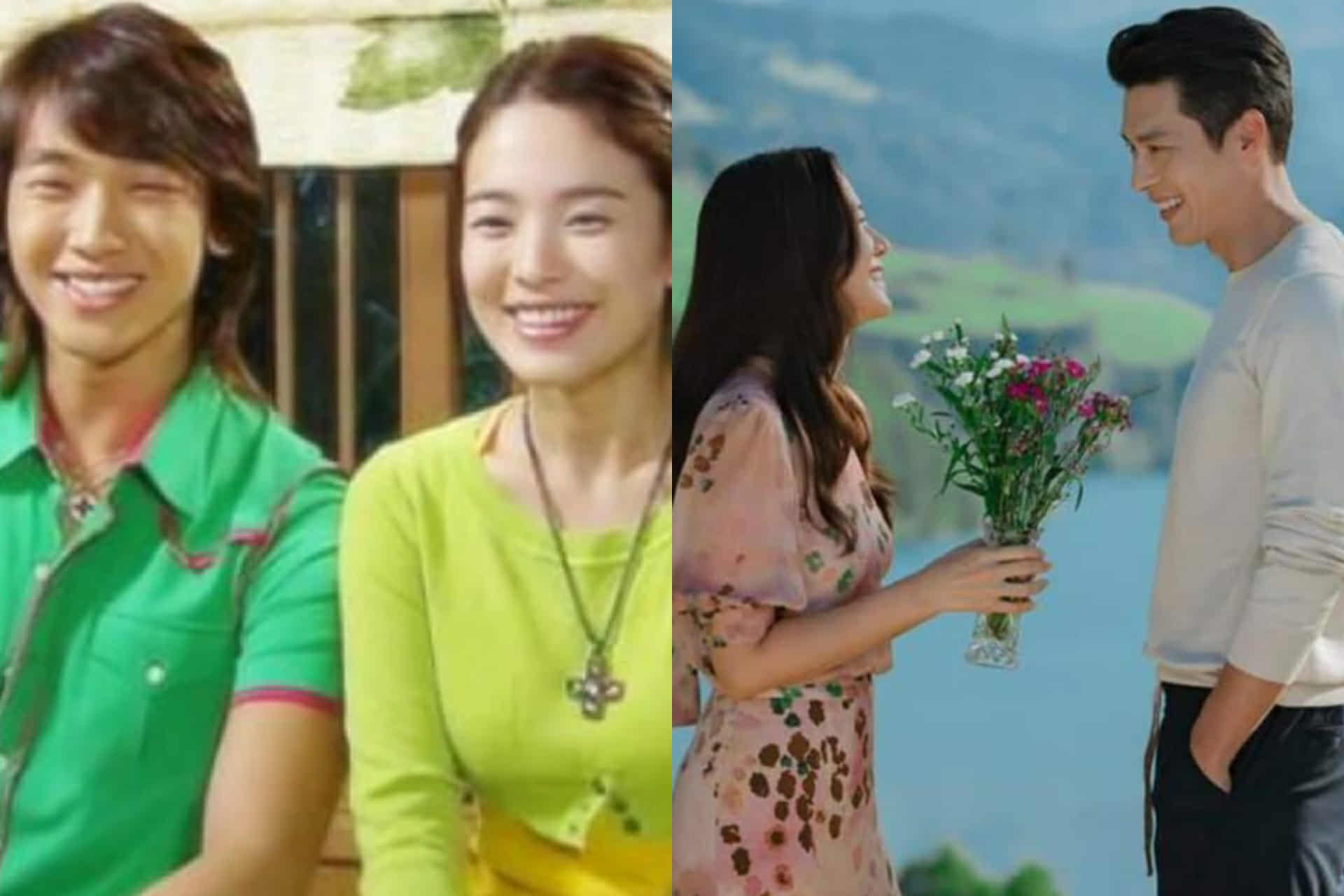 Classic K-Dramas
Classic K-Dramas
Classic K-Dramas, produced mainly in the early 2000s to early 2010s, often worked within tighter budgets and technical limitations. This meant simpler cinematography, basic lighting setups, and fewer special effects. Sets and locations were mostly local, with a focus on relatable urban or suburban backdrops. Despite these constraints, classics often have a warm, nostalgic aesthetic that many fans find charming and comforting.
The filming style tends to be straightforward, focusing on actors and their emotions rather than cinematic flair. Iconic scenes rely heavily on close-ups and dramatic framing to capture the intensity of the moment. While the visuals may feel dated compared to today’s standards, they perfectly suit the melodramatic tone of classic stories.
Modern K-Dramas
Modern K-Dramas, especially those from the mid-2010s through 2025, showcase cinematic-quality production values thanks to bigger budgets and technological advances. From sweeping drone shots to intricate set designs, these dramas often look like mini-blockbuster films. Lighting and color grading play a significant role in setting mood and tone—think of the moody blues in It’s Okay to Not Be Okay or the golden hues in Crash Landing on You.
Visual effects, CGI, and international filming locations have become common, raising the production scale to a global standard. These improvements enhance storytelling by creating immersive worlds that draw viewers deeper into the plot. Additionally, stylish costume design and set decoration reflect characters’ personalities and social status, adding another visual storytelling layer.
In summary, while classic K-Dramas evoke nostalgia with their simpler and intimate visuals, modern dramas impress with polished cinematography, expansive settings, and cinematic techniques — making each era visually distinctive and appealing in its own way.
OSTs and Music: Timeless vs. Trendy
A defining feature of K-Dramas is their original soundtracks (OSTs), which play a vital role in shaping the emotional tone and memorability of a series. Comparing the KDrama classic vs. modern eras, the music styles and their impact reveal intriguing contrasts.
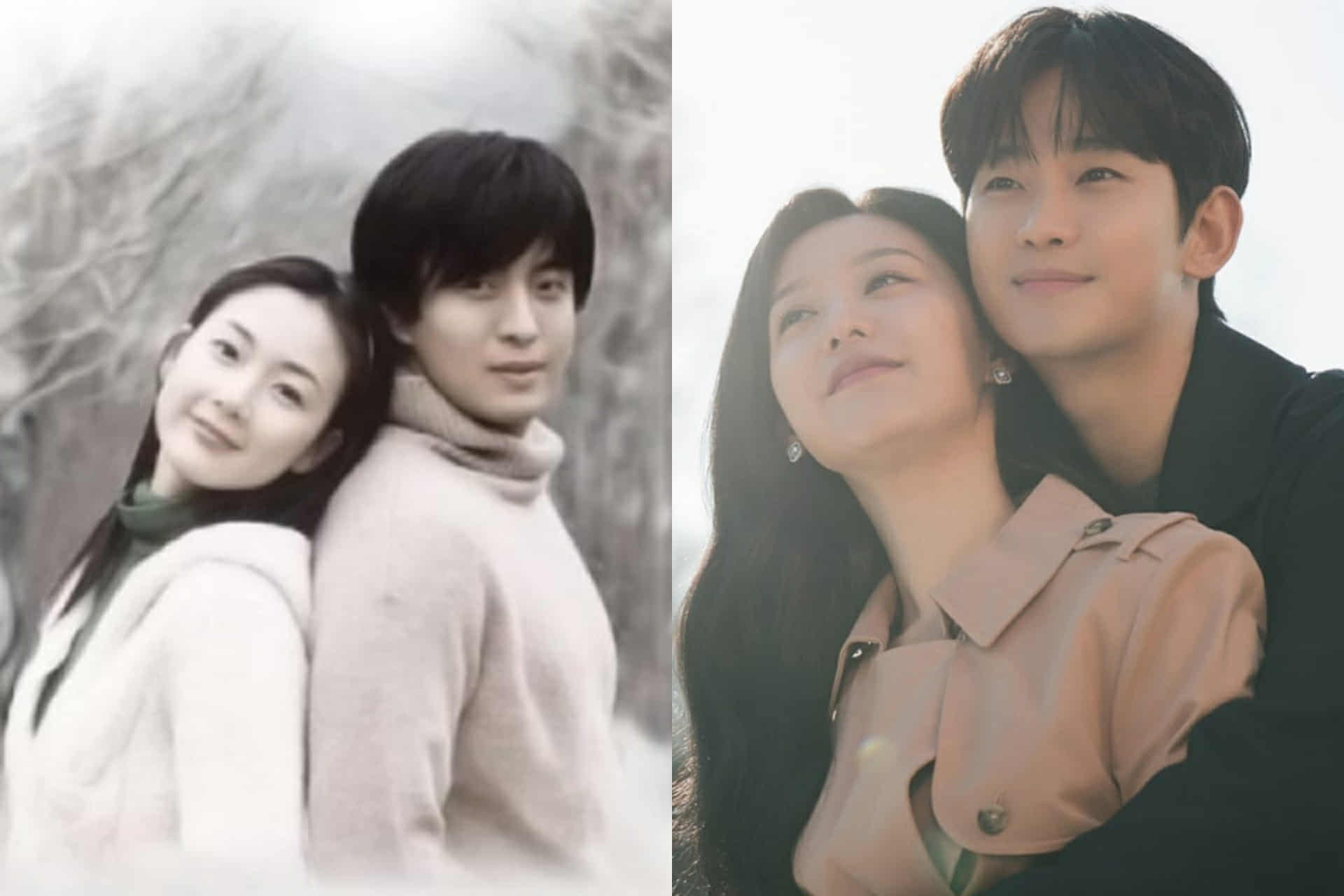 Classic K-Dramas
Classic K-Dramas
Classic dramas are known for their soulful ballads and heartfelt melodies that have become timeless favorites. Songs like “My Memory” (Winter Sonata), “Paradise” (Boys Over Flowers), and “Reason” (Stairway to Heaven) remain iconic decades after their release. These OSTs tend to be slow, emotional, and vocal-driven, perfectly complementing the melodramatic and romantic storylines typical of the era.
The music’s simplicity and emotional rawness made it easy for fans to connect deeply with the characters’ feelings, and many of these songs are still covered or played at fan gatherings. The consistent use of ballads helped establish the classic K-Drama mood and nostalgia.
Modern K-Dramas
Modern K-Dramas showcase a broader range of musical styles, reflecting the diverse themes and genres explored today. OSTs now often feature collaborations with popular K-Pop idols and bands, bringing fresh sounds from pop, R&B, hip-hop, and even EDM into the mix. Examples include songs by artists like IU, BTS, and Taeyeon, who have contributed to recent hits.
The music production is more polished and experimental, often tailored to specific character arcs or scenes, making the soundtrack feel like an integrated narrative element rather than just background music. For instance, It’s Okay to Not Be Okay and Queen of Tears use OSTs that shift mood and tone dynamically, enhancing viewers’ emotional immersion.
In essence, classic K-Dramas offer timeless ballads that evoke deep nostalgia, while modern series embrace trendy, genre-blending soundtracks that reflect contemporary tastes and enhance storytelling sophistication. Both styles enrich the K-Drama experience in unique ways.
Cultural Themes & Social Commentary
A major area where the KDrama classic vs. modern comparison reveals important shifts is in the cultural themes and social messages each era chooses to explore.
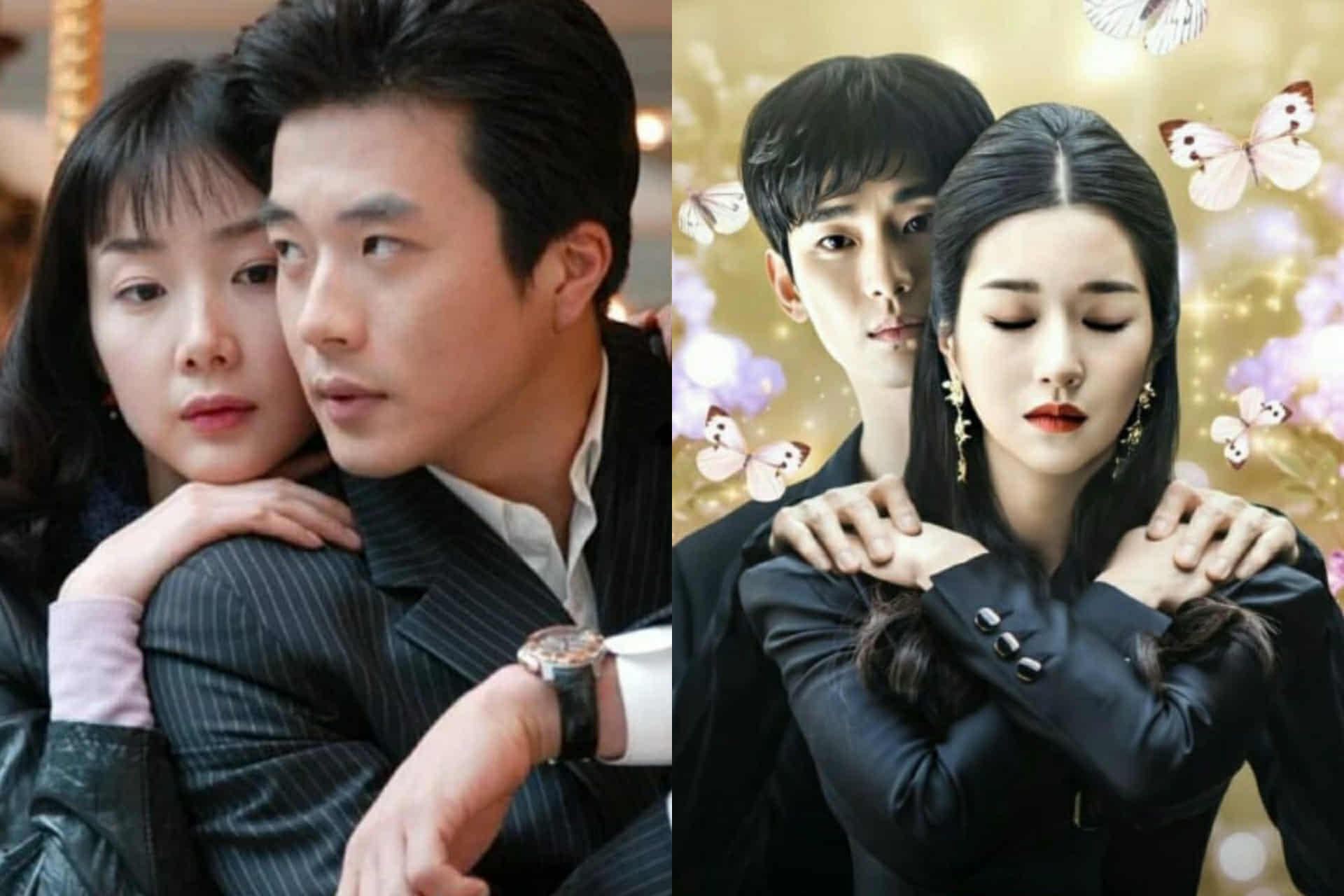 Classic K-Dramas
Classic K-Dramas
Classic K-Dramas often centered around traditional values deeply rooted in South Korean society. Family honor, respect for elders, sacrifice, and enduring love were dominant themes. Many plots focused on terminal illnesses, class differences, and fate-driven romances, reflecting societal norms and the emotional struggles tied to them. For instance, dramas like Winter Sonata and Stairway to Heaven emphasize tragic love and personal sacrifice, echoing the melodramatic style of the time.
The stories frequently portrayed idealized versions of love and relationships, often reinforcing gender roles and conservative views. While the themes resonated strongly with audiences back then, they sometimes lacked the complexity or social critique present in modern works.
Modern K-Dramas
Modern K-Dramas have expanded their thematic scope dramatically to include pressing social issues and diverse perspectives. They tackle topics such as mental health (It’s Okay to Not Be Okay), feminism (My Liberation Notes), LGBTQ+ representation (Where Your Eyes Linger), capitalism, and identity struggles. These dramas often critique societal pressures and explore the gray areas of morality and human nature.
2025 dramas like Jeong Nyeon and Study Group continue this trend, reflecting contemporary societal changes and global conversations. This shift toward realism and inclusivity allows modern K-Dramas to resonate with a wider, more global audience while pushing boundaries in storytelling.
In summary, while classic K-Dramas focus on traditional values and emotional sacrifices, modern dramas engage with complex social issues and reflect evolving cultural norms, highlighting the changing face of South Korean society.
Global Impact & Fan Engagement
Another significant difference in the KDrama classic vs. modern comparison lies in how each era connects with audiences locally and worldwide.
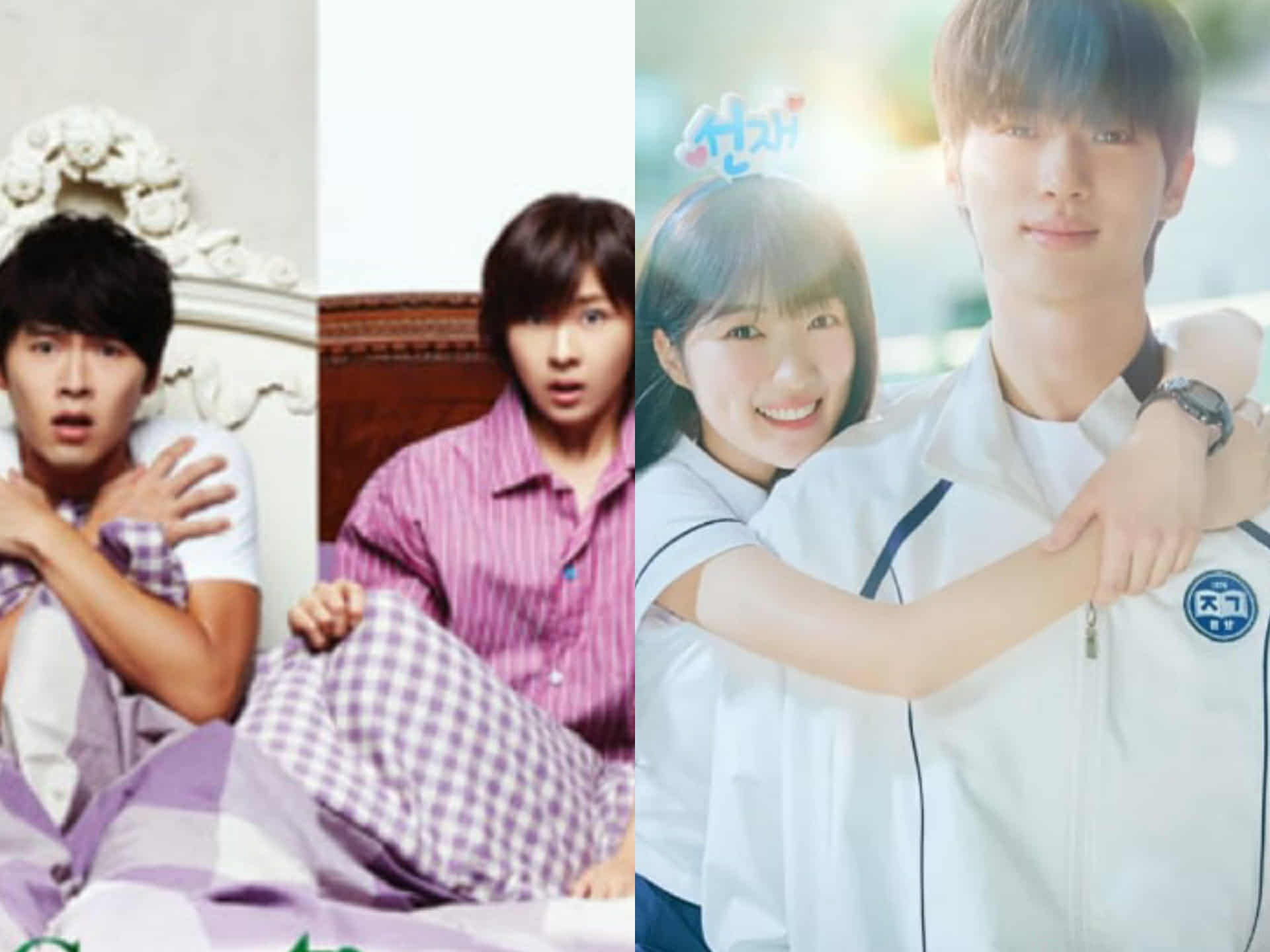 Classic K-Dramas
Classic K-Dramas
Classic K-Dramas played a crucial role in launching the Korean Wave (Hallyu) across Asia in the early 2000s. Dramas like Winter Sonata, Secret Garden and Boys Over Flowers gained immense popularity in countries like Japan, China, and Southeast Asia, introducing international viewers to Korean culture and storytelling for the first time. Distribution was limited mainly to DVDs, television broadcasts, and fansubs, which made access slower and more regional.
Fan engagement was often localized and more intimate, with fan clubs organizing meetups and sharing translated content. The sense of discovery and novelty created strong emotional bonds with the stories and actors, laying the groundwork for the explosive growth to come.
Modern K-Dramas
With the rise of streaming platforms like Netflix, Viki, and YouTube, modern K-Dramas enjoy instant worldwide accessibility. Series such as Crash Landing on You and It’s Okay to Not Be Okay have reached millions globally, breaking language and cultural barriers. Social media platforms like Twitter, TikTok, and Instagram amplify fan engagement, allowing real-time reactions, fan theories, and content sharing.
Modern fandoms are massive and diverse, often organizing global events, live watch parties, and fan art communities. The international influence extends beyond entertainment, impacting fashion trends, tourism, and even language learning.
In summary, while classic K-Dramas paved the way for Hallyu with a more regional and intimate fanbase, modern dramas leverage digital platforms to build vast, engaged global communities, marking a new era of fan interaction and cultural exchange.
Strengths & Weaknesses of Each Era
In the ongoing KDrama classic vs. modern comparison, it’s important to recognize what each era excels at and where they fall short. Both classics and modern dramas bring unique qualities that appeal to different types of viewers.
Classic K-Dramas
Strengths:
- Emotional simplicity: Clear, heartfelt storytelling that pulls at the heartstrings with relatable themes like first love, sacrifice, and family loyalty.
- Nostalgia: A comforting, timeless quality that many fans cherish, creating a strong emotional connection even years later.
- Iconic OSTs: Memorable ballads that become synonymous with the dramas themselves and continue to be beloved.
- Cultural foundation: Helped build the foundation of the Korean Wave and introduced international audiences to K-Drama culture.
Weaknesses:
- Predictability: Plots often follow familiar formulas with clearly defined heroes and villains, which can feel repetitive or simplistic to some viewers.
- Limited production quality: Budget constraints show in visuals and effects, which may feel outdated compared to today’s standards.
- Traditional themes: Sometimes reinforces conservative gender roles and lacks diversity in storytelling.
Modern K-Dramas
Strengths:
- Complex storytelling: Layered plots with genre blending and morally complex characters that offer fresh, unpredictable narratives.
- High production value: Cinematic visuals, sophisticated effects, and stylish aesthetics that enhance immersion.
- Diverse themes: Tackles contemporary social issues and promotes inclusivity, reflecting modern society more accurately.
- Global reach: Instant worldwide distribution and large, active international fan communities.
Weaknesses:
- Sometimes overcomplicated: Complex plots can occasionally feel confusing or overly dense for casual viewers.
- Emotional distance: The polished, cinematic style might feel less intimate or raw compared to classic melodramas.
- Overreliance on trends: Some modern dramas follow popular tropes or K-Pop marketing strategies, risking formulaic outcomes.
Ultimately, the choice between classic and modern K-Dramas depends on what viewers seek—whether it’s nostalgic simplicity or innovative storytelling with high-end production. Both eras have significantly contributed to the global love for Korean dramas.
The journey through the KDrama classic vs. modern comparison reveals that both eras offer unique and valuable experiences to viewers. Classic K-Dramas bring heartfelt simplicity, nostalgic charm, and timeless stories that have shaped the foundation of Korean drama’s global popularity. Meanwhile, modern dramas impress with their cinematic production, complex narratives, and bold exploration of contemporary themes that resonate with today’s diverse audiences.
Whether you’re drawn to the emotional warmth and iconic OSTs of the classics or the dynamic storytelling and visual splendor of modern hits, there’s no wrong choice. Each era reflects the culture and creativity of its time, offering something special for every K-Drama fan.
As K-Dramas continue to evolve in 2025 and beyond, embracing both the past and the present can enrich your viewing journey and deepen your appreciation for this beloved genre.
frequently Asked Questions (FAQs)
1. What is the difference between classic and modern K-Dramas?
Classic K-Dramas (2000–2012) focus on simple romance, family values, and melodrama with emotional storytelling. Modern K-Dramas (2015–2025) are more cinematic, with diverse themes, complex characters, and global appeal.
2. Which K-Drama era is better for beginners—classic or modern?
Modern K-Dramas are easier for beginners due to better visuals, relatable characters, and faster pacing. However, classics are great for those who enjoy emotional depth and timeless romance.
3. Are classic K-Dramas still worth watching in 2025?
Yes, classic K-Dramas offer nostalgic charm, iconic OSTs, and heartfelt stories that are still beloved today. They’re perfect for fans who appreciate emotional storytelling and traditional romance.
4. Why are modern K-Dramas more popular internationally?
Modern K-Dramas benefit from streaming platforms, global marketing, and higher production quality. They explore relevant topics like mental health and identity, making them relatable to a wider audience.
5. What are some must-watch classic K-Dramas?
Some fan-favorite classic K-Dramas include Winter Sonata, Full House, Stairway to Heaven, and Boys Over Flowers. These dramas helped shape the Korean Wave and remain iconic.
6. What are the best modern K-Dramas to watch in 2025?
Top picks for 2025 include Jeong Nyeon, Study Group, Love Scout, and When Life Gives You Tangerines. These dramas blend strong visuals with fresh storytelling.
7. Which era has better OSTs: classic or modern K-Dramas?
Classic OSTs are timeless and emotional, often remembered decades later. Modern OSTs are trendier, featuring K-pop stars and diverse styles that match the drama’s mood.
8. How has the storytelling in K-Dramas evolved over time?
K-Drama storytelling has shifted from linear, emotional plots in classics to layered, genre-blending narratives in modern series. Today’s stories focus more on realism, complexity, and social relevance.
